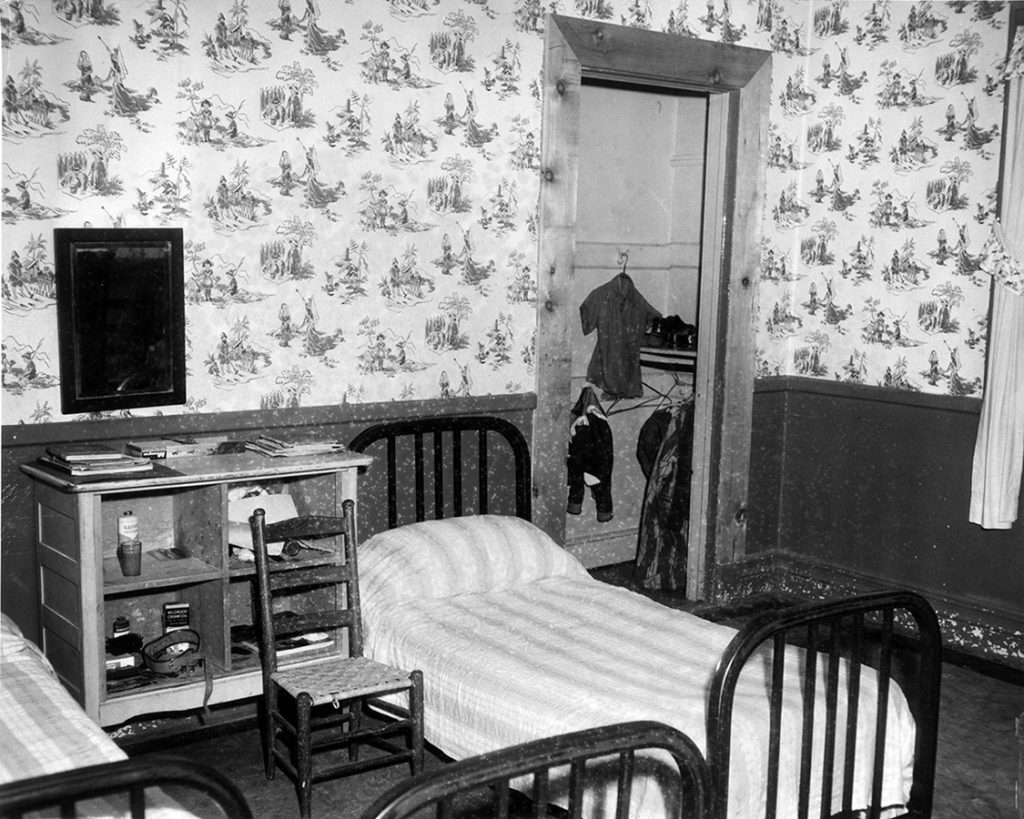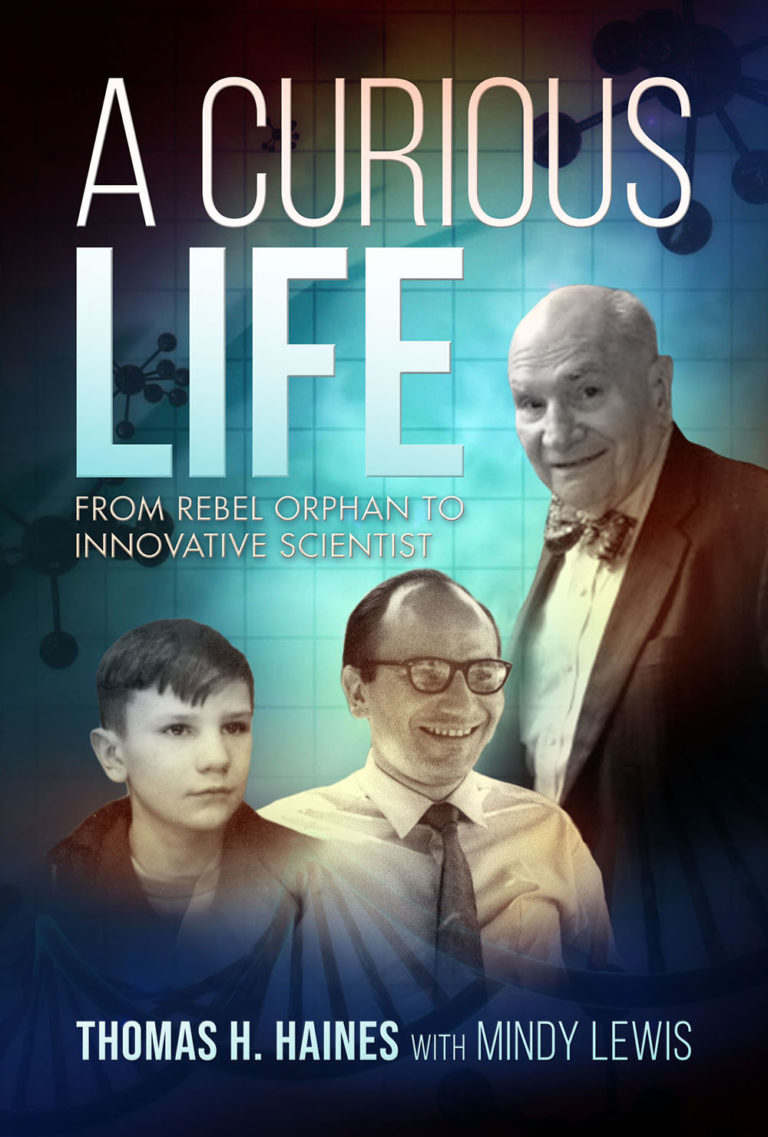The Orphanage
My Childhood in Eliza Hamilton’s Orphanage
An excerpt from A Curious Life: From Rebel Orphan to Innovative Scientist
“In my earliest memory, I’m standing in front of the main building of the orphanage, facing across the Hudson River to the Palisades, looking at a gorgeous sunset. I’m reaching up, holding somebody’s hand. It was August 1937, and I had just turned four years old.
Two years earlier, my father had abandoned my mother. Living on welfare and left alone with a toddler in a Greenwich Village apartment, my mother suffered a nervous breakdown. She was sent to Bellevue and then transferred to Central Islip Hospital on Long Island. On May 3, 1937, at the determination of a judge, I was committed to the Edwin Gould Foundation for Children “by reason of the insanity of the mother.” Three months later, I was sent to the Graham School, an orphanage in Hastings-on-Hudson, New York.
Situated on the crest of a hill overlooking the river, the Graham School resembled a college campus, with stately Federal-style brick buildings bordered by fields and farmland. In the center was a playground and main administration building, surrounded by a circular road leading to twelve cottages. Four girls’ cottages overlooked the Hudson River and the Palisades, and eight boys’ cottages were inland, where there was a farm with horses, chicken coops, and greenhouses. Each cottage housed twenty to thirty children from age three or four, up to those old enough to attend Hastings High the Hastings-Yonkers border…
I was surprised when I was told that I had a half-brother in Dun Cottage, near the farm. I was born when Carl was six, and was a baby when he was placed in the orphanage. We didn’t have the same father, so our last names were different. Just before I arrived, the staff told Carl I was coming. He resented this, and decided to have nothing to do with me. I was first placed in McCartee, a girls’ cottage, because the administration knew that little boys tended to be kicked around by bigger boys. Carl lived across campus, so at first we rarely saw each other…until I was moved across campus into the upstairs “nursery” at Dun Cottage, where Carl lived. I shared a bedroom with other young boys; it was one of six or seven bedrooms that each housed from two or three to eight kids, with small cots and cubbies for personal belongings. The two-story cottage had a kitchen and dining room, a living room, bathrooms, and showers…
Each cottage was like a family. The older kids looked after the younger ones, helped maintain the house, and kept things running smoothly. All the kids, depending on their age and abilities, were assigned chores, supervised by the housemother or assistant housemother. Each cottage had a coal bin, and somebody had the job of shoveling coal into the furnace, which was about eight to ten feet long and red-hot. Younger children would be assigned the job of putting coals into the pot-bellied, cast-iron water heater. Soon after I moved to Dun Cottage, I was old enough for that job. When the water wasn’t hot enough, everybody yelled at me. It was my first lesson that you’d better pay attention to what you’re doing…”

